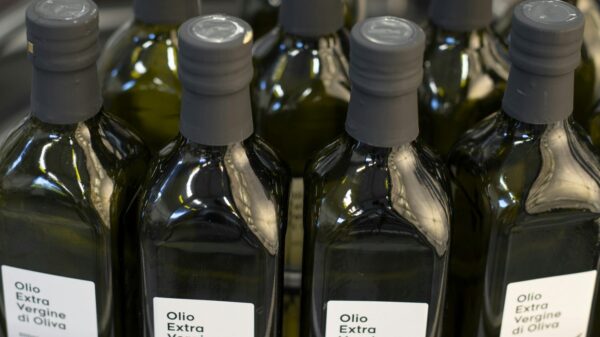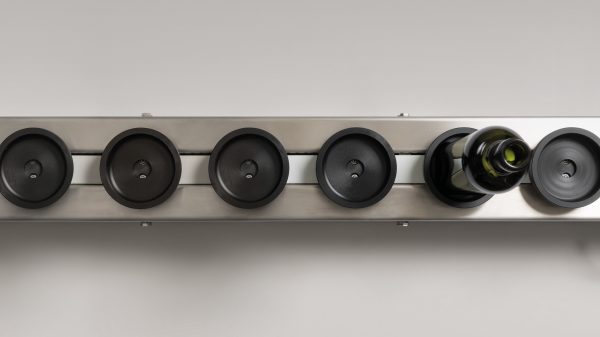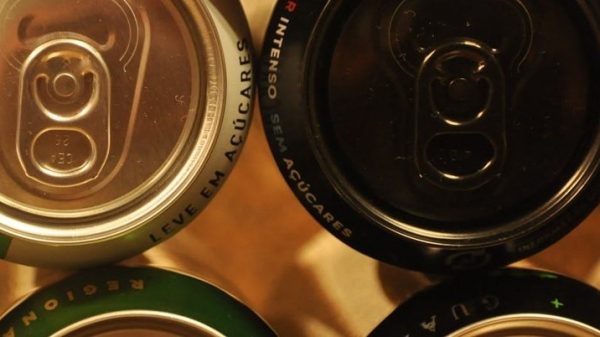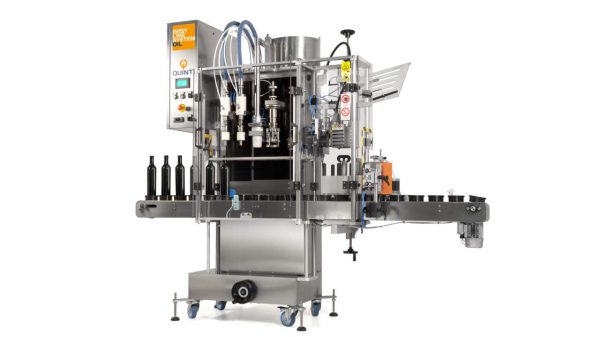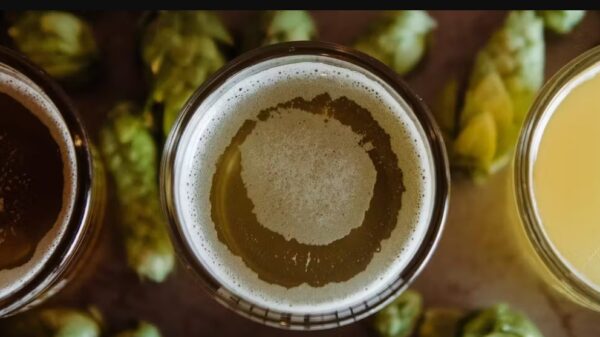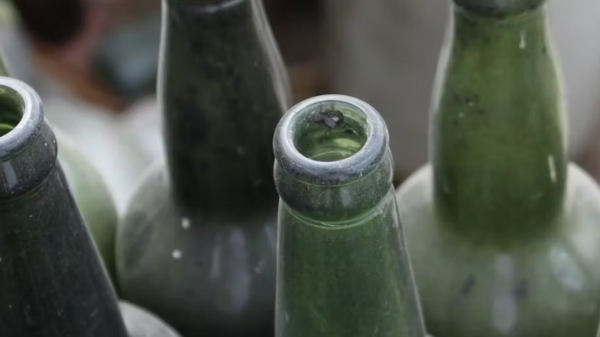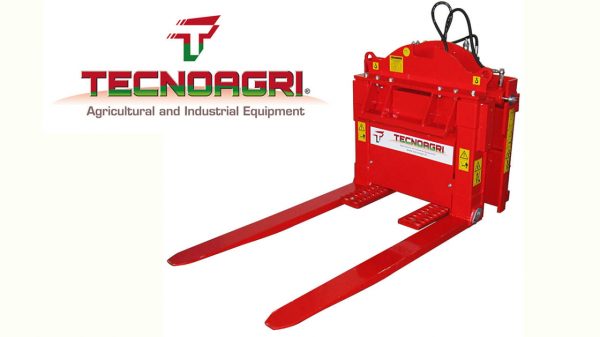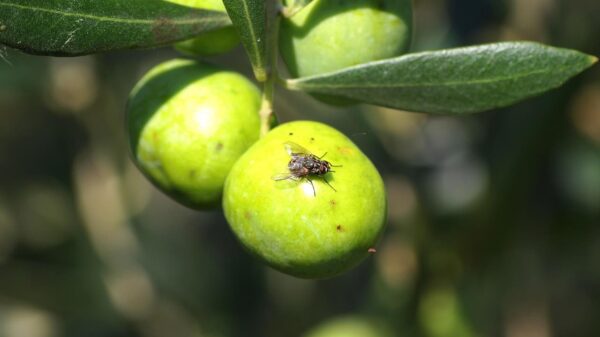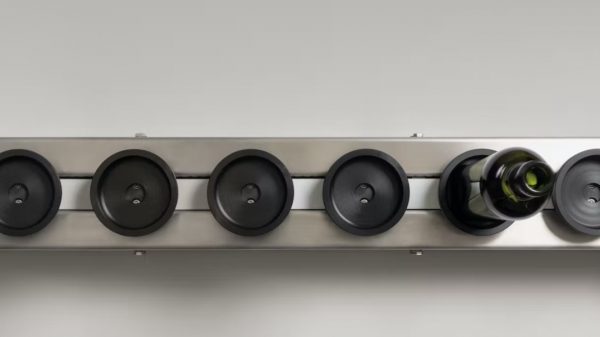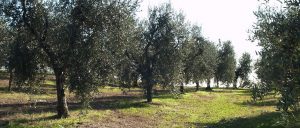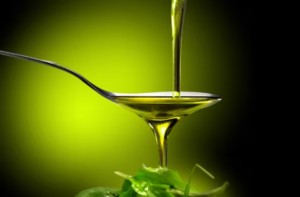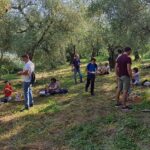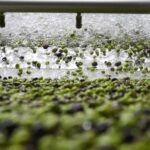And now that the pruning is completed or nearing completion, what do I do with the branches? I burn them but lose the contribution of 220 euros per hectare foreseen by theeco-scheme 3, or do I reuse them, shredding them, as a soil improver? When in doubt, it is worth remembering a third way: give pruning a real economic value, and therefore a profit for the olive grower, transforming these prunings into pellets.
A specific study
To understand the opportunity, a recent study by CREA – Center for Agri-food Engineering and Transformations, dedicated precisely to examining the production of pellets from pruning residues. The researchers examined the fresh residual biomass obtained from the pruning of olive groves on one hectare, choosing 30 sample plants from which they were taken, randomly, 10 branches for a total of 300 needed for characterization. Among others, they were examined water content, density, dimensions, ash content, calorific value.
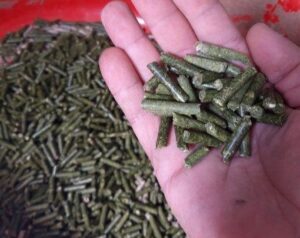
First, the average amount of biomass resulting from biannual pruning was estimated equal to 2,36 tons per hectare per year (with 100 plants, arranged 10 x10). Then l was measured'humidity, which went from 27% in April when the pruning was carried out to 11,45% a month later and after exposing the material to the sun for 24 hours. Percentage fell below 10% (and therefore in compliance with the legal limits) con the pelletization of refined biomass subjected to strong pressures with a clear increase in temperature: this process favors the cohesion of the particles, due to the partial fusion of the lignin. From the analyzes conducted it was found that the diameter was just over 6 mm and the length of the pellet was 16,66 mm, also in this case complying with current regulations. Also positive heating power, the most important parameter to consider to characterize a substance as a fuel (16,83 MJ/kg, above the minimum threshold of 16,5 MJ/Kg).
Leggermente the percentage of ash recorded is higher (2,54% against a maximum allowed value of 2%), but a surmountable problem considering the possibility of mixing, in variable percentages, the prunings of olive trees with wood from other tree species. In short, the results confirmed good contents on all fronts, in substantial compliance with the requirements of current legislation, with the conclusion that “It would seem possible to produce pellets of decent quality using residual biomass as starting material”.
The pelleting machine
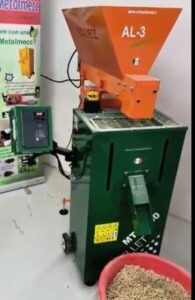
To understand how a machine for the production of pellets from olive tree prunings works, we asked for more information Metalworking, a company with 25 years of experience in studying solutions to enhance tree waste, through the design and construction of pelleting machines with particular characteristics. “There are several on the market – it is explained to us –. We have designed and developed a particular die suitable for pelletizing pruning chips, perfectly usable in the olive grove, with a process particularly appreciated in small and medium-sized companies in the agricultural and forestry sector".
These are pelleting machines which, unlike those for domestic use or small production, have some unique and original characteristics. "An example – they explain from Metalmecc – it is the die cooling and dedusting system that keeps temperatures low during processing. This allows you to obtain a pellet from high quality olive tree prunings not only for use as fuel for fireplaces, stoves or boilers, but also as fertilizer pellets to replace shredding, thus allowing a more uniform and targeted absorption into the soil, with ease. of spreading and storage".
But how can you understand if such a machine is suitable for your company? Here is the answer: “There is the possibility for a customer to carry out tests with their own material, complete with filmed documentation and return samples, so as to help them in the economic evaluation. There is then a training course during which you are followed in the first phases of pelletizing and instructed not only in the use and maintenance of the machinery, but also in the management of your material".
